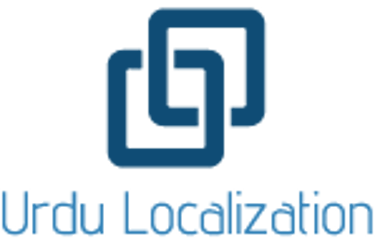
Scaling Urdu Localization for Global Businesses Without Losing Quality
1 min read

When a business decides to expand into Urdu-speaking markets, the first instinct is often to translate all existing content at once. While this might seem like a fast track to reaching new customers, scaling without a proper strategy can lead to inconsistent quality, wasted resources, and missed opportunities. A better approach is to combine careful planning with technology and human expertise to ensure every stage of growth maintains accuracy and cultural relevance.
Start Small, Expand Strategically
Instead of translating everything in one go, focus on the most impactful touchpoints first — the product pages, customer service scripts, or app features that will immediately improve the customer experience for Urdu speakers. This phased approach allows for testing, feedback, and adjustments before scaling further.
Leverage Technology Without Replacing Human Expertise
Cloud-based translation management systems help businesses manage large-scale Urdu localization efficiently. They ensure consistency across projects, track progress, and integrate with existing workflows. However, even the best tools can’t replace native Urdu speakers and professional Urdu translators, who bring cultural understanding and specialized industry terminology that machines alone cannot replicate.
Maintain Brand Voice Across Languages
One challenge in scaling is ensuring that a company’s tone, style, and brand personality remain intact. This requires guidelines for Urdu translators and localizers to follow so that marketing campaigns, customer communications, and even technical documents feel like they come from the same trusted brand.
Cultural Nuances Are Not Optional
As content grows, it’s easy to overlook small cultural details that make a big difference — like adapting visuals, choosing culturally appropriate phrases, or using local payment methods and currencies. These elements are not “extras” but essential parts of the user experience for Urdu-speaking customers.
Measure, Improve, and Repeat
Scaling Urdu localization is an ongoing process. Businesses that regularly track performance — from user engagement to conversion rates — can refine their approach and ensure they’re meeting the needs of their Urdu-speaking audience. This cycle of testing, learning, and improving keeps the localization process efficient without compromising quality.
